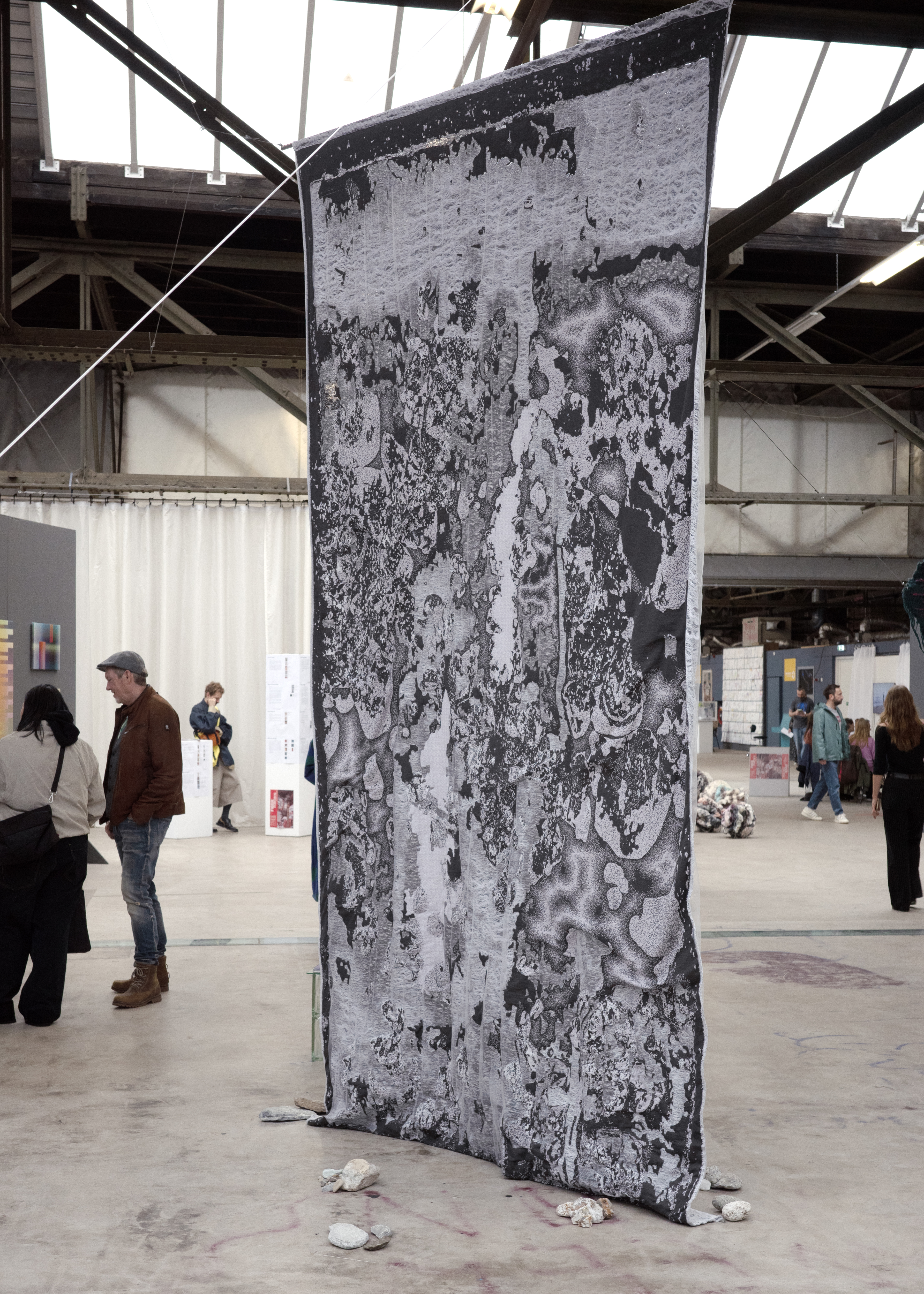Batu dan Banjir















2024










︎ Batu and Banjir
Set of two Books
Japanese Binding in Hardcover

Fully Handcrafted
2024



︎2025 | Swiss Design Award
Group exhibition at Art Basel 2025
16 June -22 June
Basel, Switzerland


︎2025 | Fiber Matters
Group exhibition at NDSM FUSE
01 May -25 May
Amsterdam, The Netherlands


︎2024 | OYO-8
Group exhibition at Haagse Kunstkring
26 December - 04 January
Den Haag, The Netherlands


︎2024 | Photography Graduates 2024
Group exhibition at Melkweg
21 September - 13 October
Amsterdam, The Netherlands
︎2024 | Best of Graduates 2024
Group exhibition at Gallery Ron Mandos
25 July - 15 September
Amsterdam, The Netherlands



︎ 2024 | Graduation Show 2024
Group exhibition at Royal Acamdy of Art
28 June - 2 July
The Hague, The Netherlands
Somewhere between stones and floods, we all continuously move in an interconnected stream that reminds us of the impermanence inherent in all things.
Erosion is a process that is most often found along a watercourse, where stones and land are gracefully carved into mesmerising patterns. However, erosion covers a broader range of defining something that is gradually being shed, layer by layer. It also defines the process of the gradual destruction or diminution of something on a metaphorical level.
Batu dan Banjir opposes archival images of my grandmother from Indonesia, which has been affected by recurring flooding due to infrastructural issues and neglect, with contemporary perspectives of observing the Rhine River from its origin in Switzerland up to its delta in the Netherlands, following the transformation and shape-shiftingof stones and sediments affected by external forces of water and time. The work challenges the experience of perceiving and viewing interconnections within nature and humans through showcasing the macro observation of traces of erosion within the cultural testimonies and natural processes.
The materiality of the archive images as well as the stones come to reveal their interplay with the environment, displaying the traces the environment and
water has left, within people as well as within nature.
Erosion becomes a metaphor for impermanence and displacement, for flowing geographically as well as culturally, for relocation and adaptation, and for readjustment to an ever-changing environment.
Erosion is a process that is most often found along a watercourse, where stones and land are gracefully carved into mesmerising patterns. However, erosion covers a broader range of defining something that is gradually being shed, layer by layer. It also defines the process of the gradual destruction or diminution of something on a metaphorical level.
Batu dan Banjir opposes archival images of my grandmother from Indonesia, which has been affected by recurring flooding due to infrastructural issues and neglect, with contemporary perspectives of observing the Rhine River from its origin in Switzerland up to its delta in the Netherlands, following the transformation and shape-shiftingof stones and sediments affected by external forces of water and time. The work challenges the experience of perceiving and viewing interconnections within nature and humans through showcasing the macro observation of traces of erosion within the cultural testimonies and natural processes.
The materiality of the archive images as well as the stones come to reveal their interplay with the environment, displaying the traces the environment and
water has left, within people as well as within nature.
Erosion becomes a metaphor for impermanence and displacement, for flowing geographically as well as culturally, for relocation and adaptation, and for readjustment to an ever-changing environment.

